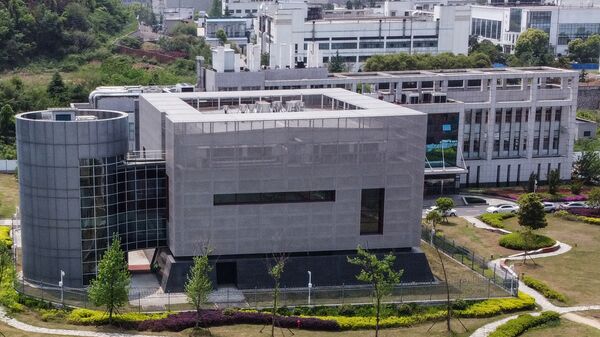As is often the case with the ever-changing viruses, SARS-CoV-19, the invisible newsmaker of the past four months, still remains a tough nut to crack.
With its genome fully sequenced, little is known about the origins of the virus, which has infected over 3,680,000 people worldwide and killed over 257,000. The World Health Organisation believes that it has natural origin and was not produced in a laboratory.
But US President Donald Trump, an outspoken fan of conspiracy theories, has publicly claimed he saw trustworthy evidence that the virus had been unleashed from a lab in the central Chinese city of Wuhan. He has not clarified whether he was referring to a deliberate or accidental release of SARS-CoV-19 and has yet to present evidence to back his claim.
The narrative clashes with the wide scientific consensus that the virus had originated in animals, possibly in bats, and then infected humans, whether directly or through a yet-unknown intermediate host (pangolins, for example).
China has pushed back on the lab leak accusations, but a growing chorus of voices in the West are calling for an independent probe into the origins of the new coronavirus. The US-China spat marked a big break for the Wuhan lab, yet for an unwanted reason. Here's what we know about it.
- The lab was established in 2015 at the Wuhan Institute of Virology and cost 300 million yuan, or approximately $42 million.
- The institute was founded in 1956, seven years after the Chinese Communist Revolution, by the national Academy of Sciences. It is home to the China Centre for Virus Culture Collection, the largest virus bank in Asia which stores more than 1,500 strains of viruses.
- The lab became the first one in mainland China to achieve the fourth, highest level of biocontainment, which allows it to study the most dangerous pathogens in the world, such as the Ebola and Marburg viruses (work on SARS-CoV-2 requires the third level or higher).
- It was built to withstand a magnitude-7 earthquake, despite the province of Hubei having no history of such strong tremors.
- The lab's main building is reported to be equipped with sewage and life support systems on the ground floor. Core laboratories along with filter and pipeline systems are located on the second and third floors, while the top level houses an air conditioning system.
- The safety protocol is so rigorous that people who contact with bats or their waste are considered to be at a higher risk of contracting the virus than staff at the lab.
- Perhaps the most famous Wuhan virologist is the institute's deputy director Shi Zhengli, dubbed "bat woman" in Western media. In 2017, her team presented research that found a link between a single population of bats in southwest China and the 2003 SARS coronavirus pandemic. When global attention started turning to Wuhan, the city where the outbreak was first detected, Shi flatly rejected that the lab had anything to do with it.
- Diplomatic cables recently obtained by The Washington Post showed that US officials had raised the alarm about possible safety breaches at the lab after a visit from a US diplomat in 2018.
- Notably, they noted that the lab has a "serious shortage of appropriately trained technicians and investigators needed to safely operate this high-containment laboratory". They also warned that the lab's work on contagious viruses and potential transmission to humans could case a new SARS-like pandemic. The State Department declined to comment, and no screenshots of the cables have been provided.
- American and French scientists helped train staff for the Wuhan lab as part of the PREDICT pandemic early warning programme, shut down by the Trump administration last year.
- Jonna Mazet, a prominent epidemiologist who led the programme, has recounted that Wuhan workers had developed a "very stringent" safety protocol, which includes "extreme personal protective equipment", and work only with samples that have deactivated beforehand. Vials with the “active” virus are kept in a special area.



